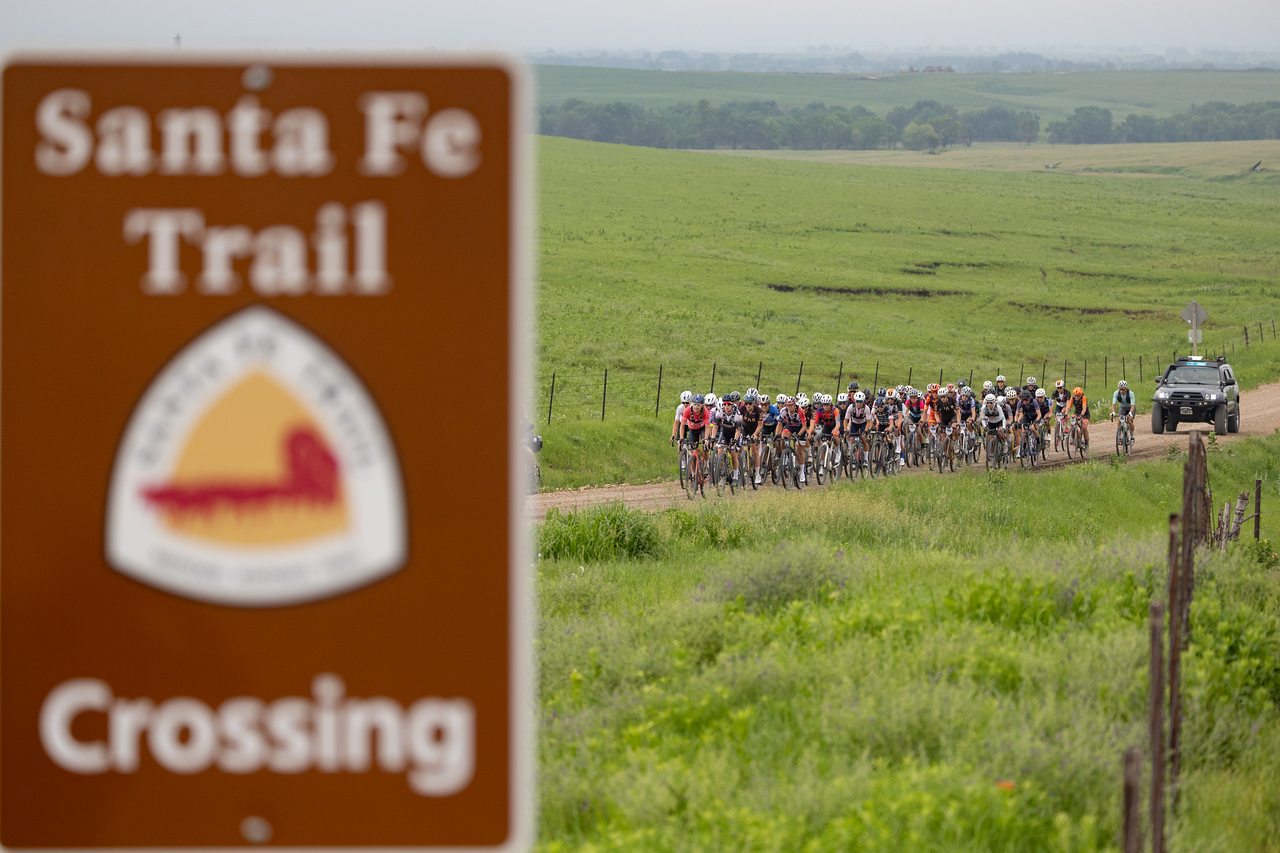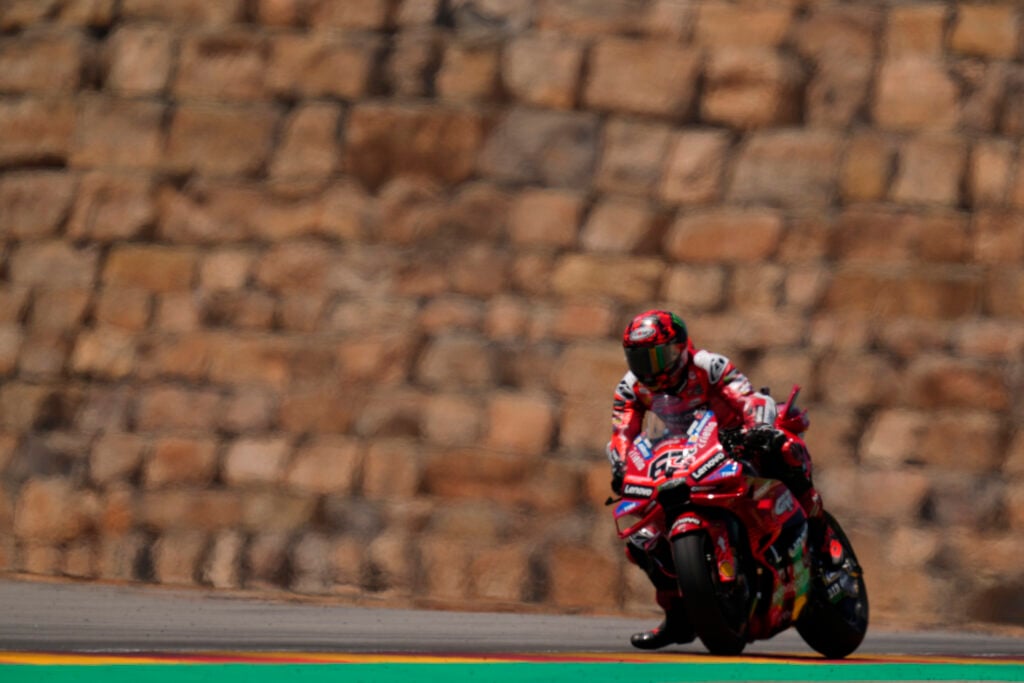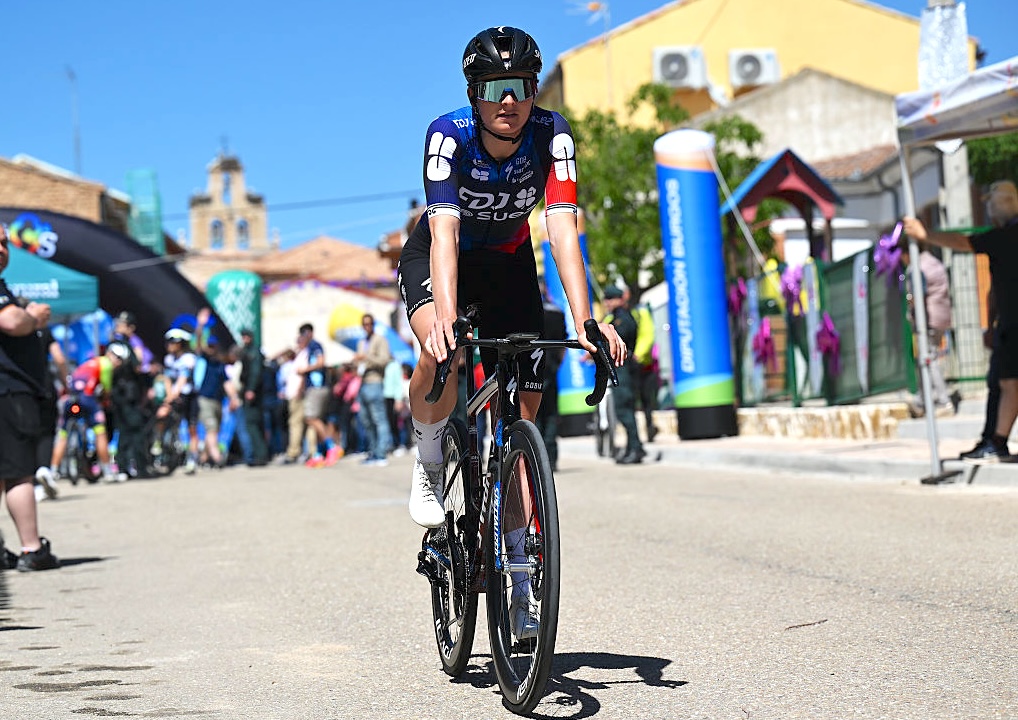Maddi MacClurg
;)
How do you prepare to take on a daunting U.S. Open course? A top teacher chimes in.
Getty Images
As this week’s U.S. Open, punishing conditions await players at Oakmont. Perhaps the most popular is the thick, unforgiving rough that lines the fairways and greens. With limited control from the second cut, every errant shot has the potential to unravel a round.
Oakmont’s bunkering is another major factor. From the iconic church pews between holes 3 and 4 to the deep, intimidating bunkers that guard the greens, the sand here is not to be underestimated.
And, of course, no U.S. Open would be complete without lightning-fast greens. In 2016, when Dustin Johnson captured his first major title, Oakmont’s greens were running at 14 on the USGA stimpmeter. This year, they will likely be just as slick — or even faster.
Put it all together and you have what Mike Whan, president of the USGA, likes to call “golf’s toughest test.”
To give you some perspective for just how hard this course plays, 1,385 players have played a major championship at this venue, and of that number, 27 have finished under par after four rounds of competition — that’s just two percent of players.
So, how do players prepare to take on such a daunting course? It comes down to a few key shots.
Below are the five shots players will need in the bag this week to increase their chances of winning at Oakmont.
The fairway finder
With trouble lurking just beyond the first cut, it’s no surprise that many players will be benching their driver this week and opting for a more conservative approach off the tee. During Tuesday’s press conference, World No. 1 Scottie Scheffler emphasized just how important it is for players to find the fairway this week.
“This golf course, there’s not many trees out there, but there’s so many bunkers, I don’t really know if this is a golf course you can necessarily just overpower with kind of a bomb and gouge type strategy, especially the way the rough is,” Scheffler says. “If you hit it in the right rough, you’re probably not going to get it to the green; if you hit it in the left rough, you’re probably not going to get it to the green. So might as well try and split the difference there and hit it in the middle.”
30-90 yard pitch shot
If players aren’t able to find their way into the short grass off the tee, they are going to need a reliable recovery shot if they want a chance at saving par. According to Parker McLachlin, a GOLF Teacher to Watch, that key shot will be the 30- to 90-yard pitch.
By:
Parker McLachlin, with Maddi MacClurg
After hacking it out of the rough, players will end up in the fairway with a wedge in hand, somewhere inside 100 yards. From there, they’ll need to be precise with their distance, landing spot and spin to land it close on Oakmont’s super slick greens.
To master a high spinning pitch on your own, McLachlin — also known as the Short Game Chef — says you only need four ingredients:
1. Light grip pressure. On a scale from 1-10, McLachlin says it should be about a four.
2. Open the clubface slightly and maintain a neutral shaft lean at address.
3. Make a longer backswing and allow your wrists to hinge. This encourages you to release slightly down onto the ball.
4. Speed. To hit that high spinner we see from the pros, you want to deliver your speed about a foot before impact.
The chop shot
Even the best ball strikers in the field will find themselves in the rough at some point this week — especially as greens speed up over the weekend. To escape these gnarly lies, McLachlin says players will typically opt for a more vertical, chopping motion on these shots as opposed to the modernized sweeping motion we typically see players use from greenside rough.
The toughest aspect of these shots? That no two lies will be the same. McLachlin explains that pros will have to quickly evaluate the shot at hand and then make setup adjustments based on how the ball is sitting in the grass.
“I think reading the lie is going to be the most paramount thing,” he says.
But, Oakmont’s rough is tricky to read, and even experienced players are at risk for making an incorrect assessment. It’s almost as if there’s an element of guessing involved, McLachlin says, and ultimately, it could come down to who is the best guesser.
A high, soft bunker shot
If you’re watching from home, it can be hard to tell just how dramatic some of these greenside bunkers are at Oakmont, but I assure you they are deep. To launch it over these super high lips, McLachlin says pros will have to have a high, soft bunker shot in the bag.
“You’ve got to get your bunker shots up quickly and landing softly with some spin to trickle out on these slopes,” he says.
For players in the field this week, the high soft bunker shot might be one of the easier shots to execute. However, for most amateurs, it’s often a shot they struggle to hit. Fortunately, McLachlin has a few keys that can help.
The first thing McLachlin says to do is pre-set a ton of loft. You can do this by opening the clubface and standing farther away from the ball. Anywhere from a half and full step back is ideal.
“The further away I can get, the more I can lower my hands, the more that levels out the face and then I don’t have to swing as far to the left,” McLachlin says.
He explains that presenting a ton of loft also helps to offset the instinct to hang back in your swing or “help” the ball up. You can also set your hands slightly back, as McLachlin says this will expose more of the bounce. Not too much though, as you want the club shaft to remain in a neutral position. From here, make a full, committed swing with a good release and the ball should come out high and land softly on the green.
Putting off the green
It might be hard to believe, but the last shot players will need at Oakmont this week is the off-green putt. After walking the course and speaking with multiple players in the field, McLachlin says that the 10-20 yards leading up to the green is better than most standard putting surfaces.
With such consistent conditions, and nothing in their way, putting from off the green will give players the best chance at leaving it close — especially if it’s a front pin location.
Any one of these key shots could ultimately decide who hoists the championship trophy come Sunday, but until then, we’ll just have to wait and see how things shake out.
ShortGameChef.com, created by PGA Tour winner Parker McLachlin, provides golfers with a comprehensive resource to improve their short game. Through personalized tips, drills, and expert insights, Parker helps players of all levels gain more confidence and a deeper understanding of their short game to lower their scores. You can browse membership options here.

Get 30% Off Short Game Chef Now
Ready to take your short game to the next level? Join me, Parker McLachlin, and gain access to 300+ exclusive videos packed with tips, drills, and strategies to help you play your best golf. Start improving your game today and make every shot count.



;)











